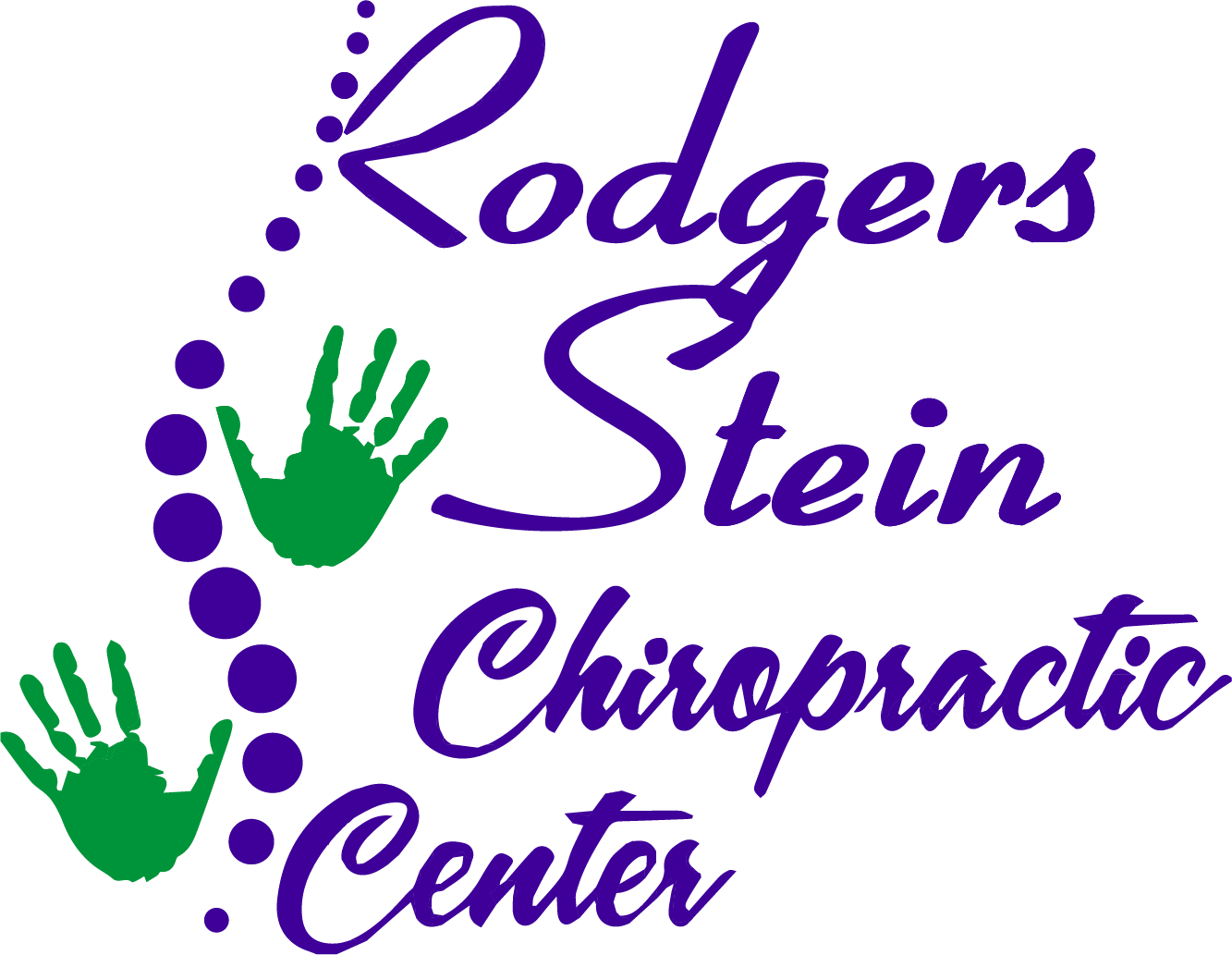You might not realize how routine care can greatly influence your mobility until you begin to prioritize it. Regular check-ups and assessments can help you catch potential issues before they escalate, giving you the control you need over your health. From physical therapy to nutrition, every aspect plays a role in enhancing your strength and flexibility. However, the challenge lies in establishing a sustainable routine that fits your lifestyle. What strategies can you implement to make certain you stay on track and truly access your potential for greater mobility?
Importance of Routine Care
Routine care plays an essential role in maintaining your mobility and overall health. By prioritizing regular check-ups and preventative measures, you actively invest in your well-being. It's not just about treating problems as they arise; it's about stopping them before they begin.
When you engage in routine care, you gain the advantage of early detection and intervention, which can prevent minor issues from escalating into considerable concerns.
You mightn't realize how much routine care affects your daily life. Keeping your body in check can lead to improved strength, flexibility, and endurance. Regular assessments help you identify the areas that need attention, whether it's through physical therapy, exercise recommendations, or dietary changes.
As you maintain your health, you'll likely notice an increase in energy levels, enabling you to enjoy activities you love without discomfort or limitation.
Moreover, routine care can enhance your mental well-being. When you feel physically capable and strong, your confidence grows, leading to a more positive outlook on life.
By building healthy habits through routine care, you create a foundation for a more active lifestyle. It's about more than just mobility; it's about fostering a sense of empowerment and independence.
In short, embracing routine care can greatly impact your quality of life. So don't wait; start prioritizing it today. Your future self will thank you for the proactive steps you take now to guarantee a healthier, more mobile tomorrow.
Benefits of Regular Check-Ups
Have you ever thought about how regular check-ups can transform your health? These appointments aren't just a formality; they're essential for maintaining your well-being and preventing potential issues.
When you prioritize regular check-ups, you're taking proactive steps to guarantee a healthier future.
Here are three key benefits of making those appointments a routine part of your life:
- Early Detection of Health Issues: Regular check-ups allow your healthcare provider to catch any potential problems before they become serious. Whether it's high blood pressure, cholesterol levels, or other concerns, early detection can lead to more effective treatment.
- Tailored Health Advice: During your check-up, you can discuss your lifestyle and any changes you may need to reflect on. Your doctor can provide personalized guidance on diet, exercise, and other habits that can enhance your overall health.
- Building a Trusted Relationship: Consistent visits help establish a strong rapport with your healthcare provider. This relationship fosters open communication, making it easier for you to discuss any concerns or changes in your health over time.
Role of Physical Therapy
When you think about improving your mobility, physical therapy plays an essential role.
It offers a range of benefits, from enhancing strength to reducing pain, and employs various techniques tailored to your needs.
Understanding how these methods work can empower you to regain your independence and move more freely.
Benefits of Physical Therapy
Physical therapy's impact on mobility is profound, offering a pathway to recovery and improved quality of life. When you engage in physical therapy, you're not just addressing pain; you're also enhancing your overall well-being.
Here are three key benefits you'll experience:
- Increased Strength: As you work with a therapist, you'll focus on exercises tailored to your needs, helping you regain strength and stability. This boost in strength can be essential for daily activities, making tasks easier and more manageable.
- Improved Flexibility: Physical therapy emphasizes stretching and range-of-motion exercises. This can help reduce stiffness and enhance flexibility, allowing your body to move more freely, which is crucial for maintaining an active lifestyle.
- Pain Management: Your therapist will teach you techniques to alleviate pain and prevent its recurrence. By understanding your body better, you'll learn how to manage discomfort effectively, enabling you to engage more fully in your daily activities.
Ultimately, physical therapy equips you with the tools to reclaim your mobility and enjoy life to the fullest.
It's an important step towards achieving your health goals.
Techniques for Improved Mobility
Building on the benefits of physical therapy, various techniques can further enhance your mobility. One effective method is stretching. Regular stretching improves flexibility and prevents stiffness, allowing you to move more freely.
Incorporating dynamic stretches before activities warms up your muscles, while static stretches post-activity aids recovery.
Strength training is another essential technique. By focusing on specific muscle groups, you'll enhance your overall strength and stability, which directly supports better mobility.
Resistance bands and body-weight exercises are excellent starting points to build strength safely.
Balance training shouldn't be overlooked either. Incorporating exercises like single-leg stands or stability ball activities helps improve your coordination and reduces the risk of falls.
Manual therapy techniques, such as massage or joint mobilization, can also relieve pain and improve range of motion. You can discuss these options with your physical therapist to customize a plan that suits your needs.
Finally, gait training focuses on improving how you walk, which can greatly impact your daily activities.
Stretching and Flexibility Exercises
Flexibility is key to enhancing your overall mobility and preventing injuries. Incorporating stretching and flexibility exercises into your routine can greatly improve your range of motion and help you move with ease.
By dedicating a few minutes each day to these exercises, you'll notice the benefits in your daily activities.
Here are three essential stretching exercises you should include in your routine:
- Hamstring Stretch: Sit on the floor with your legs extended. Reach for your toes while keeping your back straight. Hold the stretch for 20-30 seconds. This helps alleviate tightness in the back of your legs, which can contribute to lower back pain.
- Shoulder Stretch: Stand or sit upright. Bring one arm across your body and hold it with your opposite hand, pulling gently for a deeper stretch. Hold for 20-30 seconds on each side. This stretch is crucial for maintaining shoulder mobility, especially if you spend long hours at a desk.
- Hip Flexor Stretch: Kneel on one knee with the other foot in front, forming a 90-degree angle. Push your hips forward slightly while keeping your back straight. Hold for 20-30 seconds on each side. This stretch targets the hip flexors, which can become tight from prolonged sitting.
Nutrition's Impact on Mobility
How can what you eat influence your mobility? The foods you choose play an essential role in maintaining your strength, coordination, and overall physical function. A balanced diet rich in nutrients can help keep your joints lubricated, muscles strong, and energy levels high, all of which are fundamental for staying mobile.
First, let's talk about proteins. They're critical for muscle repair and growth. If you're not getting enough protein, your muscles may weaken, making movement more difficult. Incorporate lean meats, fish, legumes, and dairy into your meals to boost your protein intake.
Next, consider healthy fats. Omega-3 fatty acids, found in fish, walnuts, and flaxseeds, can help reduce inflammation in your joints. This means less pain and more freedom to move.
Similarly, healthy carbohydrates from whole grains, fruits, and vegetables provide the energy you need for daily activities. They also contain fiber, which promotes digestive health, ensuring your body effectively absorbs nutrients.
Hydration is another key aspect. Drinking enough water supports joint lubrication and helps prevent stiffness. Aim for at least eight glasses a day, and more if you're active.
Finally, be mindful of portion sizes and try to avoid processed foods high in sugar and unhealthy fats. These can lead to weight gain, putting extra strain on your joints and limiting your mobility.
Creating a Sustainable Care Routine
A sustainable care routine is essential for maintaining mobility and enhancing your overall well-being. To achieve this, you need to focus on consistent habits that support your physical health. Here are three key elements to incorporate into your daily life:
- Regular Exercise: Find an activity you enjoy, whether it's walking, swimming, or yoga. Aim for at least 150 minutes of moderate exercise each week. This will boost your strength, flexibility, and endurance, ultimately improving your mobility.
- Balanced Nutrition: Fuel your body with nutrient-dense foods that support joint health and energy levels. Incorporate fruits, vegetables, whole grains, lean proteins, and healthy fats into your diet. Staying hydrated is equally important, so don't forget to drink plenty of water throughout the day.
- Adequate Rest: Prioritize sleep and recovery. Your body needs time to repair and rejuvenate, especially after physical activity. Aim for 7-9 hours of quality sleep each night, and consider incorporating relaxation techniques like meditation or deep breathing to reduce stress.
Creating a sustainable care routine isn't about perfection; it's about making manageable changes that fit your lifestyle. Start small, stay consistent, and adjust your routine as needed.
Conclusion
By prioritizing routine care, you can access greater mobility and enhance your overall well-being. Regular check-ups and assessments help catch potential issues early, while tailored physical therapy and flexibility exercises keep your body strong and agile. Don't forget the essential role nutrition plays in your mobility journey. By creating a sustainable care routine that includes these elements, you empower yourself to lead a more active and fulfilling life. Start today, and take charge of your health!



